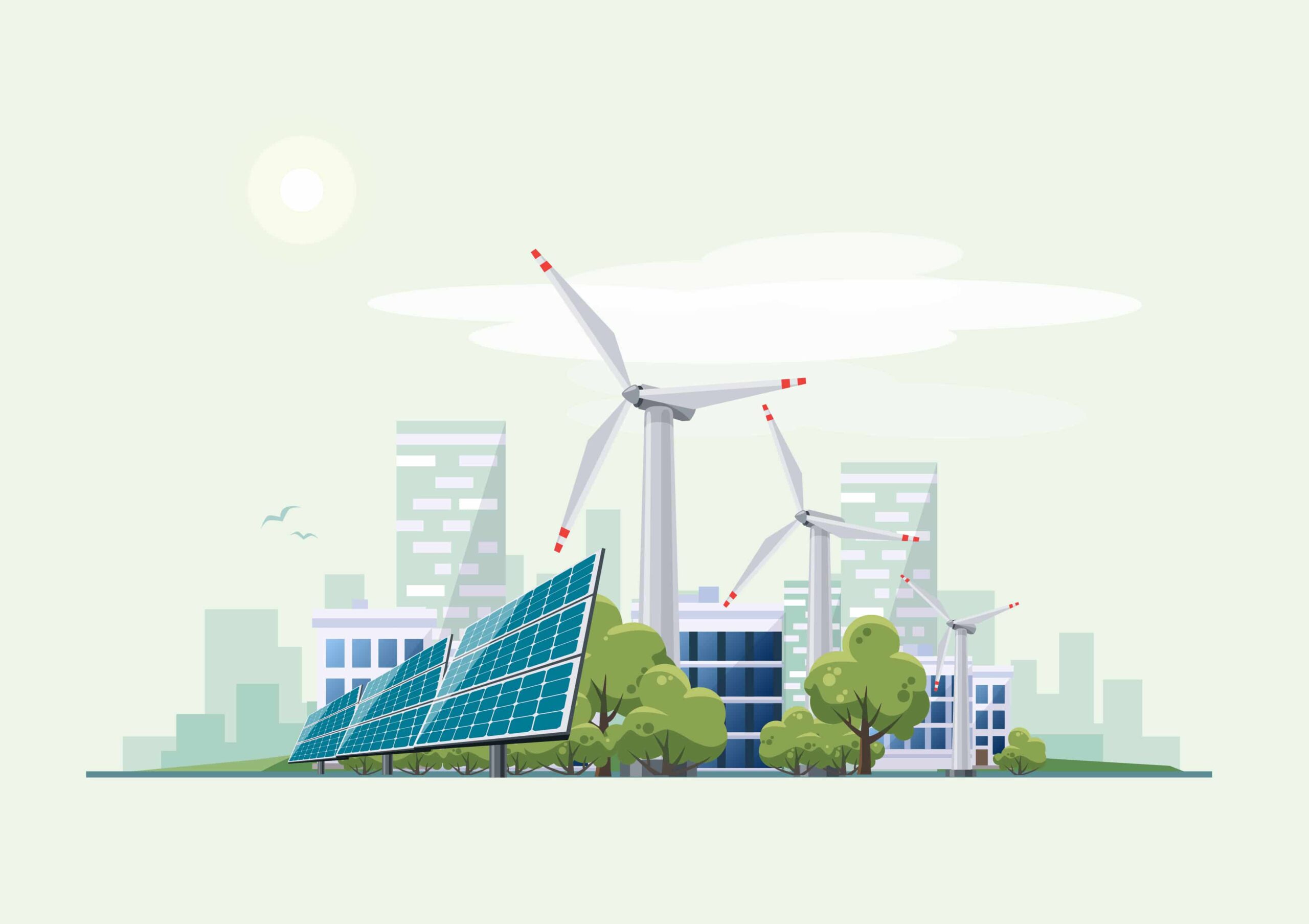Report on Pakistan’s Energy Efficiency and Sustainable Development Goals

Overview of Energy Intensity in Pakistan
According to the latest World Bank report titled Pakistan Energy Efficiency, Industrial Energy Efficiency and Decarbonization (Ee&D), Pakistan’s energy intensity stands at 4.2 megajoules (MJ) per USD of GDP. This figure is significantly higher compared to neighboring countries such as Bangladesh (1.9 MJ/USD) and Sri Lanka (1.7 MJ/USD).
Energy intensity measures how efficiently a country uses energy to produce goods and services, calculated by dividing total energy consumption by gross domestic product (GDP).
Industrial Sector Energy Use and Challenges
- The industrial sector in Pakistan consumes over 37% of the national energy, approximately 14 million tonnes of oil equivalent in the fiscal year 2023.
- Recent increases in energy costs, including doubled electricity tariffs and a fivefold rise in gas prices, have adversely affected industrial profitability.
- These challenges underscore the urgent need for investments in Industrial Energy Efficiency (IEE).
Alignment with Sustainable Development Goals (SDGs)
Pakistan’s efforts to improve energy efficiency directly contribute to several Sustainable Development Goals, including:
- SDG 7: Affordable and Clean Energy – by promoting energy-efficient technologies and reducing energy consumption.
- SDG 9: Industry, Innovation, and Infrastructure – through modernization and process upgrades in the industrial sector.
- SDG 13: Climate Action – by reducing carbon emissions and advancing decarbonization efforts.
Carbon Intensity and Decarbonization Targets
- Pakistan’s carbon intensity in industrial energy use is 55.13 grams of CO2 per MJ, which is approximately 38% higher than North America and 50% higher than the European Union.
- The country aims to reduce industrial emissions by 5.33 million tonnes of CO2 equivalent by 2030 through:
- Implementation of energy-efficient technologies
- Conducting energy audits
- Upgrading industrial processes
Barriers to Energy Efficiency and Decarbonization
The World Bank report identifies several obstacles hindering progress:
- Many firms perceive energy efficiency investments as costly and potentially detrimental to competitiveness.
- Concerns intensify when the terminology shifts from “energy efficiency” to “decarbonization,” which may be viewed as more challenging or expensive.
Conclusion
Addressing Pakistan’s high energy intensity and carbon emissions in the industrial sector is critical for achieving the Sustainable Development Goals. Strategic investments in Industrial Energy Efficiency and decarbonization will not only improve economic competitiveness but also contribute significantly to global climate action efforts.
1. Sustainable Development Goals (SDGs) Addressed
- SDG 7: Affordable and Clean Energy
- The article discusses energy efficiency and the need for investments in industrial energy efficiency, which aligns with SDG 7’s aim to ensure access to affordable, reliable, sustainable, and modern energy.
- SDG 9: Industry, Innovation, and Infrastructure
- The focus on industrial energy efficiency and decarbonization relates to SDG 9, which promotes sustainable industrialization and fosters innovation.
- SDG 13: Climate Action
- Pakistan’s Nationally Determined Contributions (NDCs) to reduce carbon emissions and the goal to reduce industrial emissions by 2030 connect directly to SDG 13, which calls for urgent action to combat climate change and its impacts.
2. Specific Targets Under the Identified SDGs
- SDG 7 Targets
- Target 7.3: By 2030, double the global rate of improvement in energy efficiency. The article’s emphasis on industrial energy efficiency investments and process upgrades supports this target.
- SDG 9 Targets
- Target 9.4: By 2030, upgrade infrastructure and retrofit industries to make them sustainable, with increased resource-use efficiency and greater adoption of clean and environmentally sound technologies. The article’s discussion on energy-efficient technologies and audits aligns with this target.
- SDG 13 Targets
- Target 13.2: Integrate climate change measures into national policies, strategies, and planning. Pakistan’s inclusion of industrial energy efficiency in its NDCs reflects this target.
3. Indicators Mentioned or Implied in the Article
- Energy Intensity (MJ per USD GDP)
- The article provides Pakistan’s energy intensity (4.2 MJ/USD) compared to other countries, which is an indicator for measuring energy efficiency improvements (relevant to SDG 7.3).
- Carbon Intensity of Industrial Energy Use (grams CO2 per MJ)
- Pakistan’s carbon intensity of 55.13 grams CO2 per MJ is cited, which can be used to track progress in reducing emissions intensity (relevant to SDG 13 and SDG 9.4).
- Reduction in Industrial CO2 Emissions (million tonnes CO2 equivalent)
- The target to reduce industrial emissions by 5.33 million tonnes of CO2 equivalent by 2030 is an implied indicator for measuring progress towards decarbonization goals.
- Energy Consumption Share of Industry (% of national energy)
- The article notes the industrial sector consumes over 37% of national energy, which can be monitored to assess shifts in energy use patterns.
4. Table of SDGs, Targets, and Indicators
| SDGs | Targets | Indicators |
|---|---|---|
| SDG 7: Affordable and Clean Energy | 7.3: Double the global rate of improvement in energy efficiency by 2030 | Energy intensity (MJ per USD GDP) |
| SDG 9: Industry, Innovation, and Infrastructure | 9.4: Upgrade infrastructure and retrofit industries to make them sustainable by 2030 |
|
| SDG 13: Climate Action | 13.2: Integrate climate change measures into national policies and planning | Reduction in industrial CO2 emissions (million tonnes CO2 equivalent by 2030) |
Source: profit.pakistantoday.com.pk







